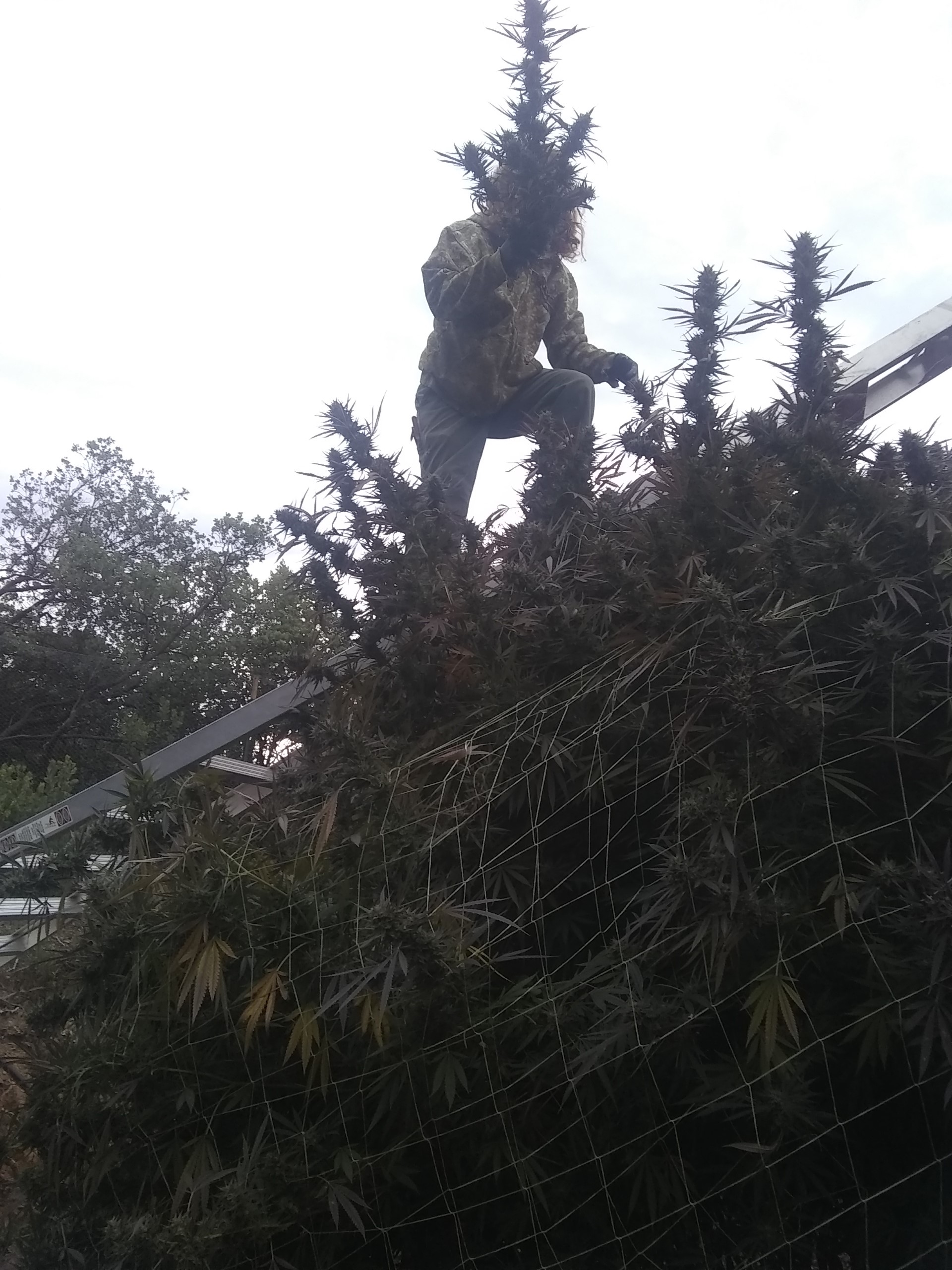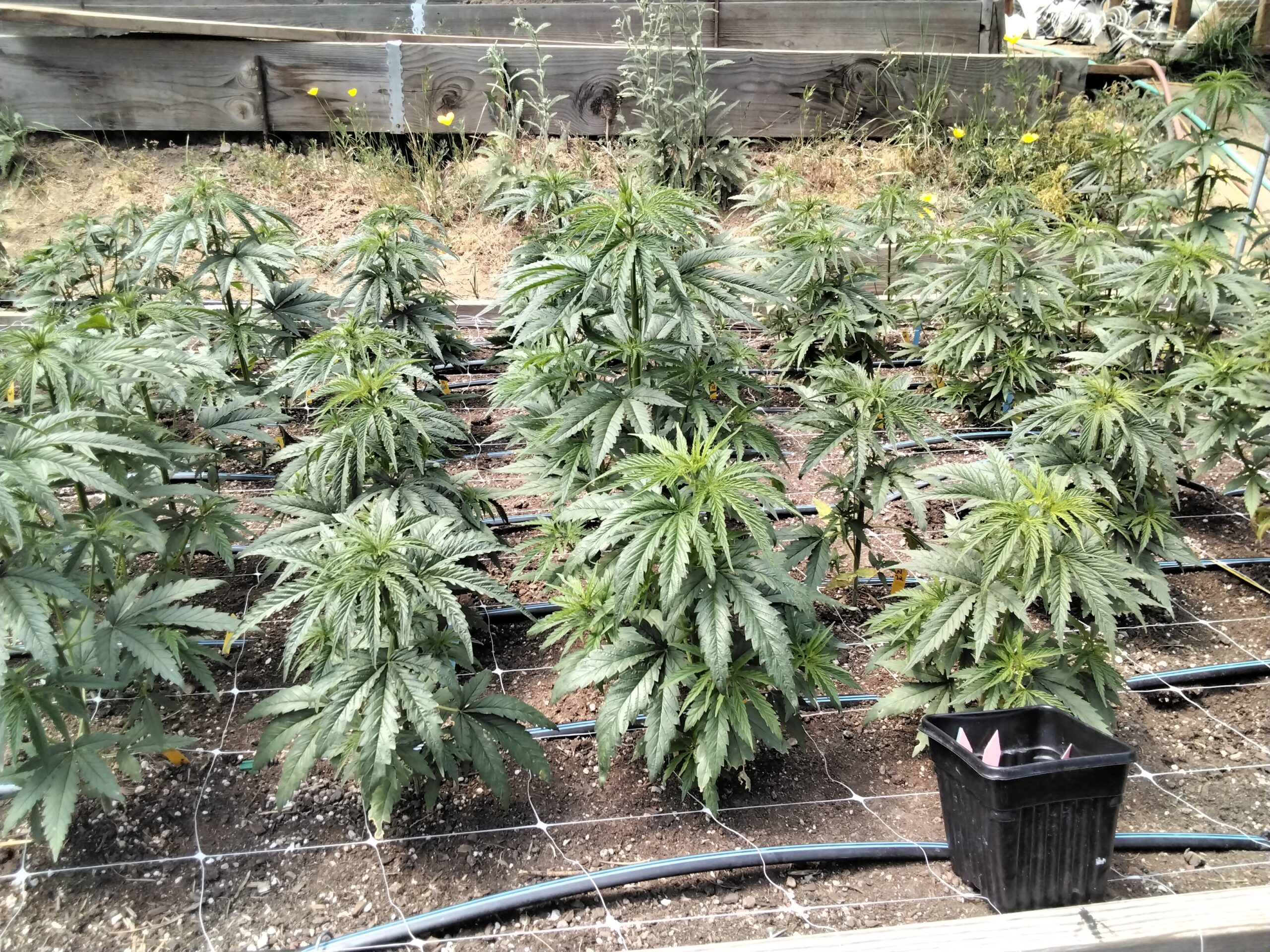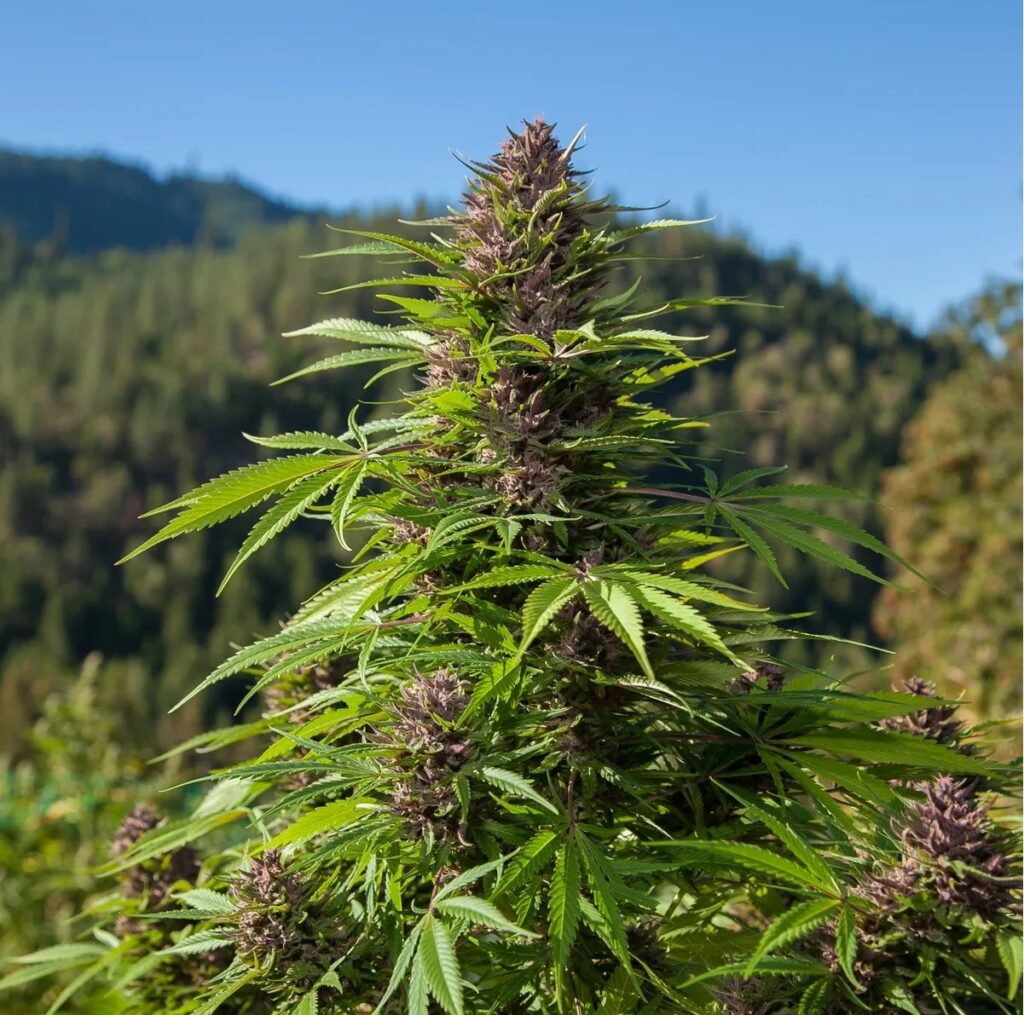Genetic History





RealTHCV is grown from the cannabis plant, not manufactured in a plant. This website is both to educate and illustrate what is real, and how synthesized[^18], volatile hemp conversion, and selfed genetics[^11] are manufactured.
There are photos, Certificate of Analysis (COA), and breeding history along with footnotes to articles that clarify and illuminate specific factors that need to be addressed to facilitate large-scale production of THCV chemovars with specific terpene profiles—ultimately creating a product with the greatest efficacy and safety, which is a proven concern with synthetic substances[^9][^10] that are not naturally grown cannabis plants.
- Article #8 (“Cannabeginners: What is THCV with links”) provides an overview of the history and breeding of THCV.
- Article #19 is a webinar on THCV presented by Dr. Ethan Russo.
- Article #12 discusses the importance of ISO 17025-accredited labs.
- Articles #13, 14, 15, 16 explain various techniques that non-accredited labs may use to inflate potency, potentially misleading both consumers and industry actors.
Cannabis Breeding and THCV Testing Program
Mission
RealTHCV.Com has been breeding cannabis using only traditional outdoor full-sun annual cycles. There is no indoor breeding, and very limited greenhouse breeding is involved. The genetics used in this program have never been feminized, selfed, or bred indoors under artificial light.
Pioneering THCV Testing
Samantha Miller of Pure Analytics, an ISO 17025 accredited cannabis lab, pioneered the vegetative and leaf analysis of cannabis for cannabinoids¹. Prior to September 2015, only the University of Mississippi² had certified standards for THCV, which were used to test whether individuals on Federal supervised release with a prescription for Marinol were also using cannabis, as all cannabis was observed to have minute amounts of THCV³. In contrast, Marinol is synthetic Delta 9 THC and contains no THCV⁴.
Pure Analytics’ lab, the first ISO 17025 accredited lab in California (and possibly the world), began testing for THCV/THCVa, making it possible to analyze cannabis plants in their vegetative state for high levels of THCV. This was critical for the breeding program, particularly in identifying African Landrace genetics that exhibited elevated levels of THCV.
Breeding and Selection Process
The breeding program has been focused on outdoor, sun-grown cannabis, where plants are exposed to the natural elements of Northern California. This environment provides plants with resilience and hardiness by enduring extreme weather conditions such as heat, snow, and other challenging factors. This outdoor breeding method contrasts with the controlled indoor environments that often produce weaker genetics.
Genetic Development and Data from 2016 to 2024
- 2016-2017 Breeding Program:
- In 2016, the program began breeding with African Landrace genetics in the search for high THCV levels. Plants were cross-bred and tested for cannabinoid content:
- Art 0098 (July 29, 2016): A male plant tested at 1.24% THCV and 6.14% THC.Art 0102 (August 26, 2016): A female plant tested at 0.55% THC and 1.27% THCV, showing more than twice the THCV content compared to THC.
- Ma-1: 2.70% THCV.Ma-2: 3.30% THCV.
2017 COA Analysis:- Art 0165 (July 14, 2017):
- Male plants: Ma-1 and Ma-2.
- Ma-1: 2.70% THCV.
- Ma-2: 3.30% THCV.
- Male plants: Ma-1 and Ma-2.
- Art 0168 (July 28, 2017):
- Female plants were crossed, and several showed high THCV content.
- Female plants produced from these crosses were subjected to testing for cannabinoid profiles.
- In 2016, the program began breeding with African Landrace genetics in the search for high THCV levels. Plants were cross-bred and tested for cannabinoid content:
- 2018-2019 Developments:
- By 2018, seeds from the previous year produced three viable females. These plants were tested for cannabinoid content:
- Art 0212 (June 12, 2018): Tested for vegetative/leaf analysis, identifying chemovars with promising cannabinoid levels.
- Art 0212 (June 12, 2018): Tested for vegetative/leaf analysis, identifying chemovars with promising cannabinoid levels.
- By 2018, seeds from the previous year produced three viable females. These plants were tested for cannabinoid content:
- V1, V2, and V3 Testing Results:
- 2018 Leaf Analysis of V1, V2, and V3 from Art 212 (June 12, 2018) showed promising results for all three chemovars. The analysis indicated strong presence of THCV in these plants, contributing to their ongoing selection for the breeding program. Art 212 also included a detailed terpene analysis for the various females.
- V1 (Pan 2111, May 7, 2019):
- Flower Testing: 0.15% THCV and 5.56% THCVa with less THC/THCa.
- Concentrate Testing: 2.90% THCV and 26.90% THCVa, with less total THC.
- V2 (Pan 2213-14, November 25, 2019):
- Flower Testing: 0.20% THCV and 5.91% THCVa with less THC.
- Flower Testing: 0.20% THCV and 5.91% THCVa with less THC.
- Patent Filings:
- 2020-2021 Growth and Further Testing:
- In 2020, seeds from previous breeding cycles were tested for stability and THCV content. Notable results from 2020 include:
- Pan 2330-12 (July 14, 2020): This cross of plants showed:
- 0.39% THCV and 8.33% THCVa, with less total THC.
- The variety known as “Skeletor” (crossed with Jack Ruby THC male) tested at:
- 0.22% THCV and 8.32% THCVa.
- Pan 2330-12 (July 14, 2020): This cross of plants showed:
- Other plants continued to be tested for cannabinoid content, with significant improvement in overall cannabinoid production. One standout example is the Emerald Cup entry in 2021, which had:
- Over 39% total cannabinoids, including 33% THC, 37.58% THCa, and over 3% terpenes, with beta-caryophyllene and limonene being the dominant terpenes.
- Over 39% total cannabinoids, including 33% THC, 37.58% THCa, and over 3% terpenes, with beta-caryophyllene and limonene being the dominant terpenes.
- In 2020, seeds from previous breeding cycles were tested for stability and THCV content. Notable results from 2020 include:
- 2022-2023 Testing and Breeding Results:
- In 2022, large-scale testing of leaf analysis for THCV chemovars was conducted, with multiple follow-up tests on flowers and concentrates:
- SV-6 (female flower) tested at over 8% THCV with lower THC.
- MPH #81 (female) tested at over 10% THCVa with 22% THCa, showing the ongoing results of breeding efforts.
- DL#3 Gyp 117: This plant tested at over 44% total cannabinoids, with over 42% THCa and traces of other cannabinoids such as CBGa, CBDa, and CBCa, and over 37% total THC.
- In 2023, a clone of Skel x V122#17 was grown under intense sun conditions and tested at:
- 9.5% THCVa and 5.29% THCa, with a 1.8:1 THCVa to THC ratio.
- Beta-caryophyllene and terpinolene were dominant terpenes.
- In 2022, large-scale testing of leaf analysis for THCV chemovars was conducted, with multiple follow-up tests on flowers and concentrates:
- 2024 Results:
- Testing for 2024 showed continued success in breeding high-THCV plants. Key results include:
- VT-41 (male): Leaf analysis shows 7.05% THCVa, with a ratio of 4.75 times higher THCV compared to THC.
- VT-26 (female): Leaf analysis shows 7.65% THCVa and 5 times higher THCV compared to THC.
- VT-26 (flower testing): 10.671% THCVa and 6.202% THCa.
- VT-25: This plant tested at over 45% total cannabinoids, continuing the trend of high cannabinoid content in the breeding program.
- Testing for 2024 showed continued success in breeding high-THCV plants. Key results include:
Conclusion
RealTHCV.Com has developed a strong breeding program with a clear focus on producing cannabis plants that are rich in THCV, achieving impressive cannabinoid profiles and genetic stability. Through continuous testing and selection, the program has succeeded in developing chemovars that produce high levels of THCV with minimal THC. With patent filings secured and ongoing refinement of breeding techniques, these unique cannabis varieties⁵,⁶,⁷ are positioned to meet the growing demand for THCV-rich cannabis. The plants exhibit resilience through outdoor cultivation, a hallmark of the breeding philosophy, and the inclusion of terpene analysis ensures a holistic approach to the development of these cannabis varieties.
